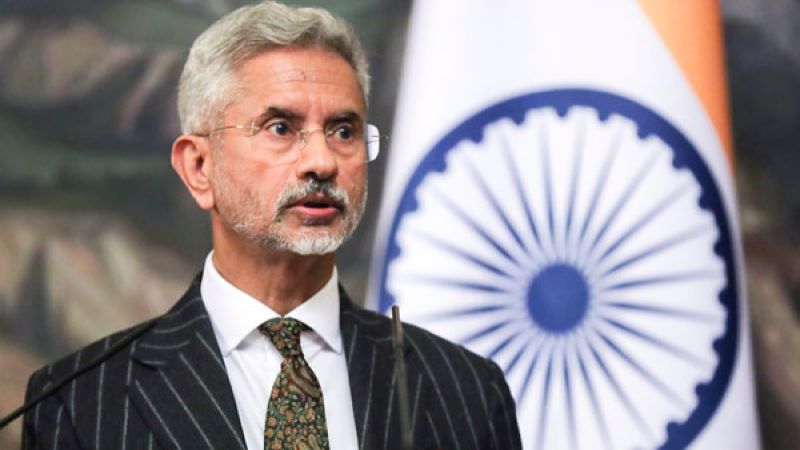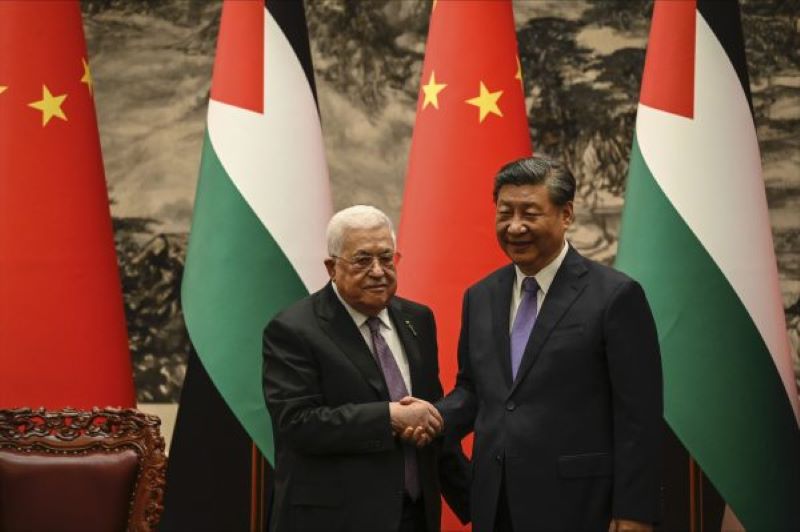China has been exploiting water from a number of rivers for its advantage and using it as a tool to manipulate outcomes not only in South Asia but also in South East Asia. Riparian nations, which share rivers with China, have been facing problems due to the adverse impact of Chinese activities on the environment and ecology of the region, people’s livelihoods and on availability of water. One such river is Mekong, which is hugely contested for its waters as it originates in China, before passing through Myanmar, Thailand, Laos and Cambodia, and finally flowing into the South China Sea near the Ho Chi Minh City in Vietnam.
China’s dam construction and hydropower generation in the Mekong River has been causing drought in several regions and threatening the livelihoods of 60 million people, who are dependent on agriculture and fishing across five Southeast Asian countries. It is causing increased salinity too which threatens agriculture, marine life and the seafood industry.
According to media reports, 11 giant dams have been constructed in southwest China, which is blocking the main stream of the Mekong River. A further 118 dams have been built along its tributaries. There are also hundreds of smaller dams used for irrigation, cultivating crops, harvesting fish and water distribution across the lower Mekong countries.
With its technological prowess, China exercises significant control over the downstream flow of the Mekong and it has been using this to its advantage, sometimes restricting the water flow or sometimes releasing it to its Southeast Asian neighbors. Since 2019, much of the Lower Mekong region, which stretches across Cambodia, Laos, Thailand, and Vietnam has been facing drought.
In Cambodia, the dry conditions have led the government to give a call to people to use water sparingly. The Mekong River Commission (MRC) has also called for a bold action plan from its six members – Cambodia, Laos, Myanmar, Thailand, Vietnam and China so that the issues concerning Southeast Asia’s major waterway can be resolved. But China’s hegemonistic approach regarding waterways is the biggest impediment in finding a solution. People in Vietnam are facing problems too as China’s water blockage is affecting 20 million people living in the Mekong River Delta along Vietnam’s southern coast. People in South East Asia are struggling with water shortage.
China has been limiting Mekong water discharge from its upstream dams, which is causing water levels to recede alarmingly in the Mekong Delta. Vietnam’s National Center for Hydro-Meteorological Forecasting said that water levels of the Mekong River’s main water flows are down 4 inches to 4 feet when compared to the average levels over the past few years.
In June 2021, even the Mekong River Commission that includes Cambodia, Laos, Thailand and Vietnam had blamed upstream Chinese dams for alarmingly low water levels in the Mekong River.
Those dams are also holding back 50 percent of sediment, which along with sand dredging and a lack of water levels required to flush the river clean, has raised salinity levels. It leads to destruction of marine life, soil fertility and farmed seafood. The Vietnamese government has said that the Mekong River Delta will show increased levels of salinity this March due to upstream dams on the river and high seas during the dry season. This has become a regular feature now in Vietnam.
The conditions are turning bad to worse for people living in the Mekong River Delta. They suffer destruction of agriculture, water scarcity and food shortage. This could even lead to mass migration as people lose livelihoods.
China is also aiming at using the Mekong River to create a potential path for its military vessels to sail through to the South China Sea. If this happens then Southeast Asian nations would find the pathways for movement of their vessels further constricted. Both China and the US are engaged in a power game to control the Mekong River. They have even established water governance partnerships with the Southeast Asian nations in order to increase their influence in the region.
For China, using the Mekong River, exploiting it to the maximum is what counts. It doesn’t matter to Beijing if its policy to hold back the water is creating water scarcity in the region. The Southeast Asian nations, neighbouring China are looking at America for support so that they can effectively negotiate water governance over Mekong.





